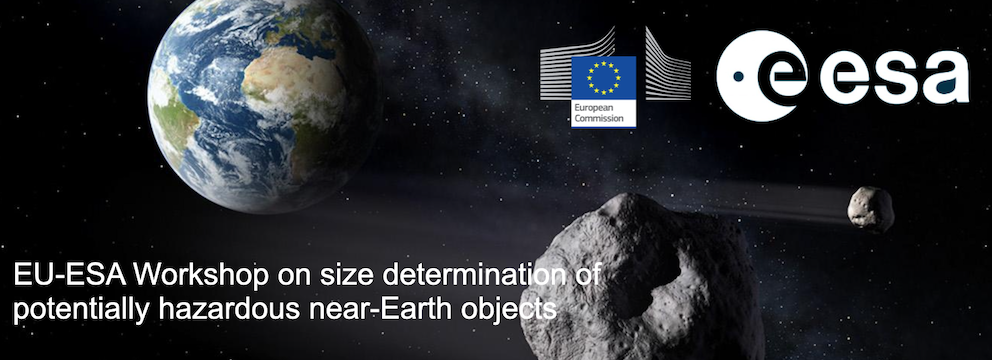Speaker
Description
The powerful method of stellar occultations is an unbeatable technique uniquely approaching, in some aspects, the performances of planetary space missions. It allows km-level accuracies on the determination of shapes and sizes of objects, and down to a couple of hundred meters for sum-km sized NEAs.
Furthermore, it allows to derive, from ground using small aperture telescopes, asteroid positions at Gaia-level accuracy [1]. Although challenging, occultation by NEAs and in particular by sub-km NEAs are feasible under some conditions. They require an initial astrometric follow-up to predict reliable occultation events. They also require the deployment of mobile stations equipped with fast cameras across the prediction path. For most our targets, the maximum expected duration of the event is <0.5s. We present here the strengths and limitations of such an approach as well as preliminary results obtained, in particular in the case of (65803) Didymos to support both the DART (NASA) and Hera (ESA) planetary defence missions.
——————
[1] Ferreira, J.F., Tanga, et al.: 2022, A&A 658, A73.

